Home>Furniture & Design>Outdoor Furniture>Which Wood Is Best For Outdoor Use
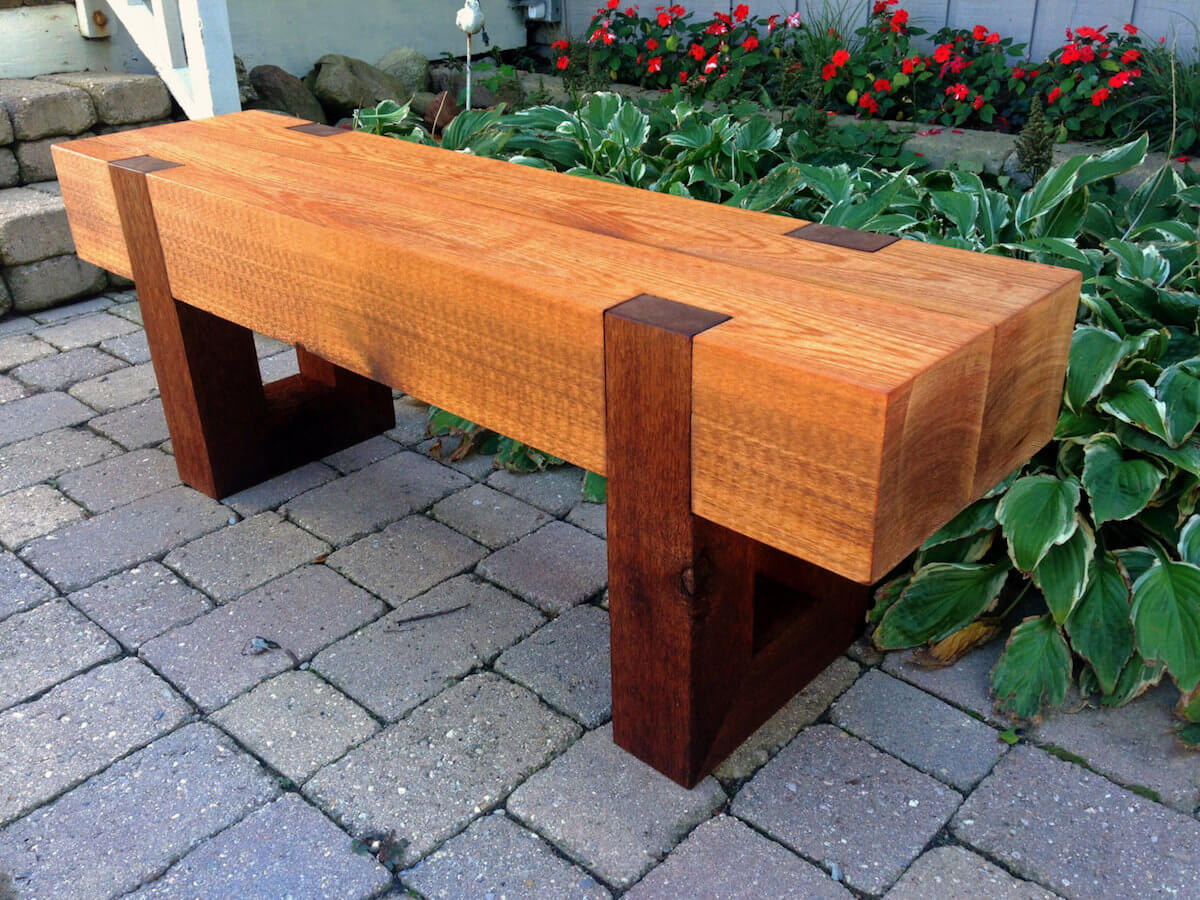

Outdoor Furniture
Which Wood Is Best For Outdoor Use
Modified: January 19, 2024
Discover the best wood for outdoor furniture and design. Find out which wood is most suitable for outdoor use and how to maintain it for longevity. Ideal for creating durable and stylish outdoor spaces.
(Many of the links in this article redirect to a specific reviewed product. Your purchase of these products through affiliate links helps to generate commission for Storables.com, at no extra cost. Learn more)
Introduction
When it comes to outdoor furniture and design, the choice of wood is crucial for both aesthetic appeal and durability. Selecting the right type of wood can significantly impact the longevity and visual charm of your outdoor furniture pieces. Factors such as weather resistance, natural beauty, and maintenance requirements play pivotal roles in determining the best wood for outdoor use.
In this comprehensive guide, we will delve into the various types of wood commonly used for outdoor furniture and design. By exploring the unique characteristics of each wood type, you will gain valuable insights to make an informed decision for your outdoor living spaces. Whether you are envisioning a cozy patio adorned with wooden chairs or a captivating garden deck, understanding the attributes of different woods will empower you to create an outdoor oasis that seamlessly blends beauty and functionality.
Join us on this journey as we navigate through the enchanting realm of outdoor wood furniture, unraveling the secrets of cedar, redwood, teak, pressure-treated pine, and ipe. Let's embark on this exploration to discover the perfect wood for your outdoor haven.
Key Takeaways:
- Choose cedar for outdoor furniture if you want a durable, low-maintenance wood with a warm, inviting aesthetic that gracefully weathers over time, adding rustic charm to your outdoor space.
- Opt for teak for outdoor furniture if you desire a wood with exceptional durability, minimal maintenance requirements, and a luxurious golden-brown hue that matures into a timeless silver-gray patina, enhancing the elegance of your outdoor sanctuary.
Read more: Which Sandpaper Grit To Use For Wood
Factors to Consider
Before delving into the specific types of wood suitable for outdoor use, it’s essential to consider several crucial factors that can influence your decision. Understanding these elements will enable you to make a well-informed choice, ensuring that your outdoor furniture not only exudes timeless elegance but also withstands the rigors of nature.
Weather Resistance: One of the most critical factors to consider when selecting wood for outdoor use is its ability to withstand the elements. Outdoor furniture is constantly exposed to varying weather conditions, including sunlight, rain, and fluctuating temperatures. Therefore, opting for a wood species known for its natural resistance to decay, rot, and insect infestations is paramount.
Maintenance Requirements: Different types of wood necessitate varying levels of maintenance to preserve their appearance and structural integrity. Some woods may require regular sealing, staining, or protective coatings to shield them from moisture and UV rays, while others may weather gracefully with minimal maintenance.
Durability: The durability of outdoor furniture wood is a key consideration, especially if you seek long-lasting pieces that can withstand heavy use and environmental stressors. Choosing a wood renowned for its strength and resilience can ensure that your outdoor furniture remains sturdy and visually appealing for years to come.
Aesthetic Appeal: While functionality and durability are crucial, the visual allure of the wood cannot be overlooked. Each type of wood boasts its own unique grain patterns, colors, and natural beauty. Selecting a wood that aligns with your aesthetic preferences and complements the overall design of your outdoor space is essential for creating a captivating ambiance.
Sustainability: With an increasing focus on eco-friendly practices, considering the sustainability of the wood is imperative. Opting for responsibly sourced wood that is harvested using sustainable forestry practices can contribute to the preservation of natural resources and ecosystems.
By carefully evaluating these factors, you can narrow down your options and identify the ideal wood for your outdoor furniture and design endeavors. Now, let’s explore the characteristics of specific wood types renowned for their suitability in outdoor settings.
Types of Wood for Outdoor Use
When it comes to outdoor furniture and design, the choice of wood is a pivotal decision that can significantly impact the aesthetics and durability of your outdoor space. Several types of wood are renowned for their suitability in outdoor settings, each possessing unique characteristics that cater to specific needs and preferences. Let’s explore the distinct attributes of cedar, redwood, teak, pressure-treated pine, and ipe, shedding light on their individual strengths and suitability for outdoor use.
As we embark on this journey through the enchanting realm of outdoor wood furniture, we will unravel the secrets of each wood type, providing valuable insights to guide you in selecting the perfect material for your outdoor haven.
Cedar
Cedar is a popular choice for outdoor furniture and design, prized for its natural beauty and exceptional durability. This wood species is renowned for its resistance to decay, rot, and insect infestations, making it well-suited for outdoor applications. The inherent weather-resistant properties of cedar stem from its natural oils, which act as preservatives, safeguarding the wood from moisture and pests.
One of the most alluring attributes of cedar is its distinct aroma, which adds a delightful sensory element to outdoor spaces. The rich, reddish-brown hues of cedar lend a warm and inviting aesthetic to furniture pieces, further enhancing the visual appeal of outdoor settings. Over time, cedar gracefully weathers to an elegant silvery-gray patina if left untreated, adding a rustic charm to the furniture.
While cedar is relatively lightweight, it boasts impressive strength, making it suitable for crafting sturdy outdoor furniture. Additionally, cedar is known for its ease of workability, allowing for intricate designs and smooth finishes. Whether used for crafting classic Adirondack chairs, charming garden benches, or versatile dining sets, cedar exudes timeless charm and enduring resilience.
When it comes to maintenance, cedar offers convenience, as it does not require extensive upkeep. While applying a protective finish can prolong the wood’s original color, cedar furniture can gracefully age without compromising its structural integrity. Regular cleaning and occasional sealing can help preserve the wood’s natural beauty and prolong its lifespan, ensuring that your cedar outdoor furniture remains a captivating centerpiece in your outdoor sanctuary.
Redwood
Renowned for its remarkable natural beauty and exceptional durability, redwood stands as a revered choice for outdoor furniture and design. This majestic wood species possesses innate resistance to decay, rot, and insect damage, making it an ideal candidate for enduring outdoor elements. The striking hues of redwood, ranging from warm amber tones to rich reddish-brown shades, infuse outdoor furniture with an enchanting elegance that captures the essence of nature.
Redwood’s remarkable weather-resistant properties stem from its high content of natural oils and tannins, which shield the wood from moisture and pests. This inherent resistance allows redwood furniture to withstand the challenges of outdoor exposure, ensuring longevity and enduring beauty. Whether crafted into intricate garden arbors, sturdy picnic tables, or graceful lounge chairs, redwood furniture exudes timeless sophistication and rustic allure.
Besides its natural resilience, redwood’s workability and dimensional stability make it a favored choice for crafting outdoor furniture masterpieces. The wood’s straight grain and fine texture facilitate precision in design and detailing, enabling artisans to create captivating pieces that harmonize with outdoor landscapes. Redwood’s lightweight nature further enhances its appeal, allowing for effortless rearrangement and transportation of furniture within outdoor settings.
When it comes to maintenance, redwood offers convenience, as it gracefully weathers over time, acquiring a silvery patina that accentuates its organic charm. While periodic cleaning and sealing can help preserve the wood’s original luster, redwood furniture retains its structural integrity and visual allure with minimal upkeep. By embracing the natural aging process, redwood furniture embodies a timeless elegance that complements the evolving beauty of outdoor environments.
When choosing wood for outdoor use, look for hardwoods like teak, cedar, or redwood. These woods are naturally resistant to rot and insects, making them ideal for outdoor furniture or structures.
Read more: Which Laser Level Is Best For Outdoor Use
Teak
Teak stands as an esteemed choice for outdoor furniture and design, revered for its unparalleled durability and timeless elegance. This noble wood species, native to Southeast Asia, is celebrated for its exceptional resistance to moisture, decay, and insect infestations, making it a premier option for outdoor applications. The natural oils and rubber present in teak contribute to its remarkable weather-resistant properties, ensuring that teak furniture remains resilient in the face of diverse environmental conditions.
One of the most captivating attributes of teak is its exquisite golden-brown hue, which matures into a distinguished silver-gray patina over time if left untreated. This natural aging process imbues teak furniture with a sense of timeless sophistication, harmonizing with outdoor landscapes and evolving gracefully with the passage of time. The rich, lustrous appearance of teak furniture adds a touch of opulence to outdoor settings, elevating the ambiance with its organic allure.
Besides its natural beauty, teak boasts exceptional dimensional stability and workability, allowing artisans to craft intricate and enduring outdoor furniture pieces. The wood’s high oil content and dense grain contribute to its resistance to warping, cracking, and splintering, ensuring that teak furniture maintains its structural integrity even in challenging outdoor environments. Whether fashioned into luxurious loungers, stately dining sets, or captivating conversation pieces, teak furniture exudes an air of refined elegance and enduring charm.
When it comes to maintenance, teak offers convenience, as it requires minimal upkeep to preserve its original allure. While teak furniture may be left untreated to embrace its natural aging process, occasional cleaning and application of teak oil can enhance its luster and prolong its lifespan. Embracing the patina that develops over time, teak furniture embodies a timeless sophistication that complements the ever-changing beauty of outdoor spaces, making it a cherished investment for outdoor sanctuaries.
Pressure-Treated Pine
Pressure-treated pine is a popular choice for outdoor furniture and design, valued for its affordability and versatility. This wood species undergoes a treatment process that involves subjecting the wood to high pressure and preservatives, enhancing its resistance to decay, rot, and insect damage. The treatment process imbues pressure-treated pine with remarkable durability, making it well-suited for outdoor applications where exposure to moisture and pests is a concern.
One of the key advantages of pressure-treated pine is its cost-effectiveness, offering an economical option for crafting outdoor furniture without compromising on durability. The wood’s light color and natural grain patterns provide a versatile canvas for various finishes, allowing for customization to suit diverse aesthetic preferences. Whether used for constructing picnic tables, garden planters, or casual seating, pressure-treated pine furniture exudes a rustic charm that complements outdoor environments.
While pressure-treated pine offers commendable durability, it is important to note that the wood may require regular maintenance to preserve its appearance and structural integrity. Applying a protective sealant or stain can help shield pressure-treated pine furniture from the effects of weathering, ensuring that it retains its visual appeal and resilience over time. Periodic cleaning and refinishing can further contribute to prolonging the lifespan of pressure-treated pine furniture, allowing it to remain a cherished feature in outdoor living spaces.
It is worth considering that while pressure-treated pine provides an affordable and durable option for outdoor furniture, proper care and maintenance are essential to ensure its longevity and aesthetic appeal. By embracing the rustic charm of pressure-treated pine and implementing appropriate upkeep measures, you can create inviting and enduring outdoor furniture pieces that enrich the ambiance of your outdoor retreat.
Ipe
Ipe, also known as Brazilian walnut, is revered for its exceptional durability and remarkable resistance to outdoor elements, making it a coveted choice for outdoor furniture and design. This dense and robust wood species hails from South America and is celebrated for its unparalleled strength, natural beauty, and longevity. Ipe’s remarkable resistance to decay, rot, and insect infestations positions it as a premier option for outdoor applications, where enduring performance is paramount.
The striking deep brown hues of ipe, often accompanied by captivating grain patterns, infuse outdoor furniture with a sense of timeless elegance and natural allure. The wood’s inherent resistance to moisture, UV exposure, and wear ensures that ipe furniture maintains its visual appeal and structural integrity in diverse outdoor environments. Whether fashioned into sleek loungers, sophisticated dining sets, or captivating decking, ipe furniture exudes an air of refined luxury and enduring charm.
Besides its exceptional durability, ipe is renowned for its dimensional stability and workability, allowing for the creation of intricate and enduring outdoor furniture pieces. The wood’s dense grain and resistance to warping and splintering ensure that ipe furniture remains resilient and visually captivating over time. While ipe naturally weathers to a silver patina if left untreated, the application of protective oils or finishes can maintain its original luster, providing flexibility in preserving the wood’s aesthetic appeal.
When it comes to maintenance, ipe offers convenience, as it requires minimal upkeep to retain its timeless allure. While ipe furniture may be left untreated to embrace its natural aging process, occasional cleaning and application of protective treatments can enhance its visual richness and prolong its lifespan. Embracing the patina that develops over time, ipe furniture embodies a sense of enduring luxury that harmonizes with the evolving beauty of outdoor spaces, making it a cherished investment for outdoor sanctuaries.
Conclusion
Choosing the right wood for your outdoor furniture and design endeavors is a decision that intertwines natural beauty, durability, and functionality. Each type of wood possesses unique characteristics that cater to specific needs, aesthetic preferences, and environmental considerations. From the timeless allure of cedar and redwood to the enduring elegance of teak, pressure-treated pine, and ipe, the world of outdoor wood furniture offers a rich tapestry of options to enrich your outdoor living spaces.
By considering factors such as weather resistance, maintenance requirements, durability, aesthetic appeal, and sustainability, you can make an informed choice that aligns with your vision for creating captivating outdoor retreats. Whether you seek the warm, inviting hues of cedar, the rustic charm of redwood, the opulent allure of teak, the versatile appeal of pressure-treated pine, or the enduring luxury of ipe, each wood type presents a distinct opportunity to infuse your outdoor spaces with enduring beauty and functionality.
Embracing the natural aging processes of these woods can add a layer of timelessness to your outdoor furniture, harmonizing with the evolving beauty of nature. While each wood type may require varying levels of maintenance, the investment in preserving their allure is a testament to the enduring value they bring to your outdoor sanctuaries.
As you embark on your journey to create captivating outdoor havens, the choice of wood for your furniture and design projects becomes an integral part of the narrative, weaving together elements of artistry, resilience, and natural elegance. Whether it’s the inviting warmth of cedar, the enduring grace of redwood, the timeless opulence of teak, the rustic charm of pressure-treated pine, or the enduring luxury of ipe, each wood type contributes to the creation of outdoor spaces that beckon with timeless allure and enduring charm.
With a wealth of options at your fingertips, the world of outdoor wood furniture invites you to embark on a journey of discovery, crafting outdoor sanctuaries that seamlessly blend beauty, functionality, and enduring allure. As you navigate through this enchanting realm, let the timeless appeal of wood guide you in creating outdoor retreats that stand as testaments to natural beauty and enduring craftsmanship.
Frequently Asked Questions about Which Wood Is Best For Outdoor Use
Was this page helpful?
At Storables.com, we guarantee accurate and reliable information. Our content, validated by Expert Board Contributors, is crafted following stringent Editorial Policies. We're committed to providing you with well-researched, expert-backed insights for all your informational needs.
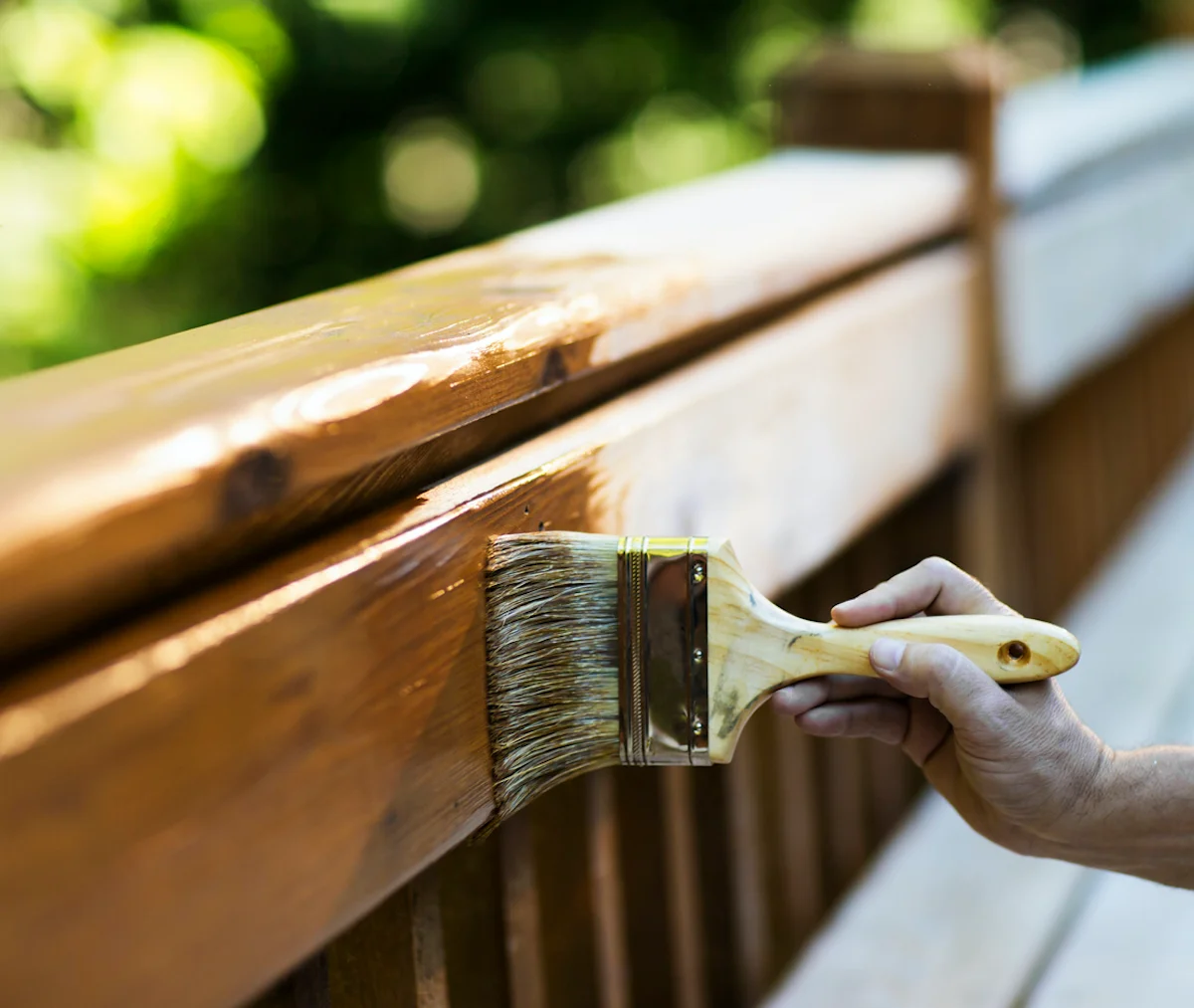
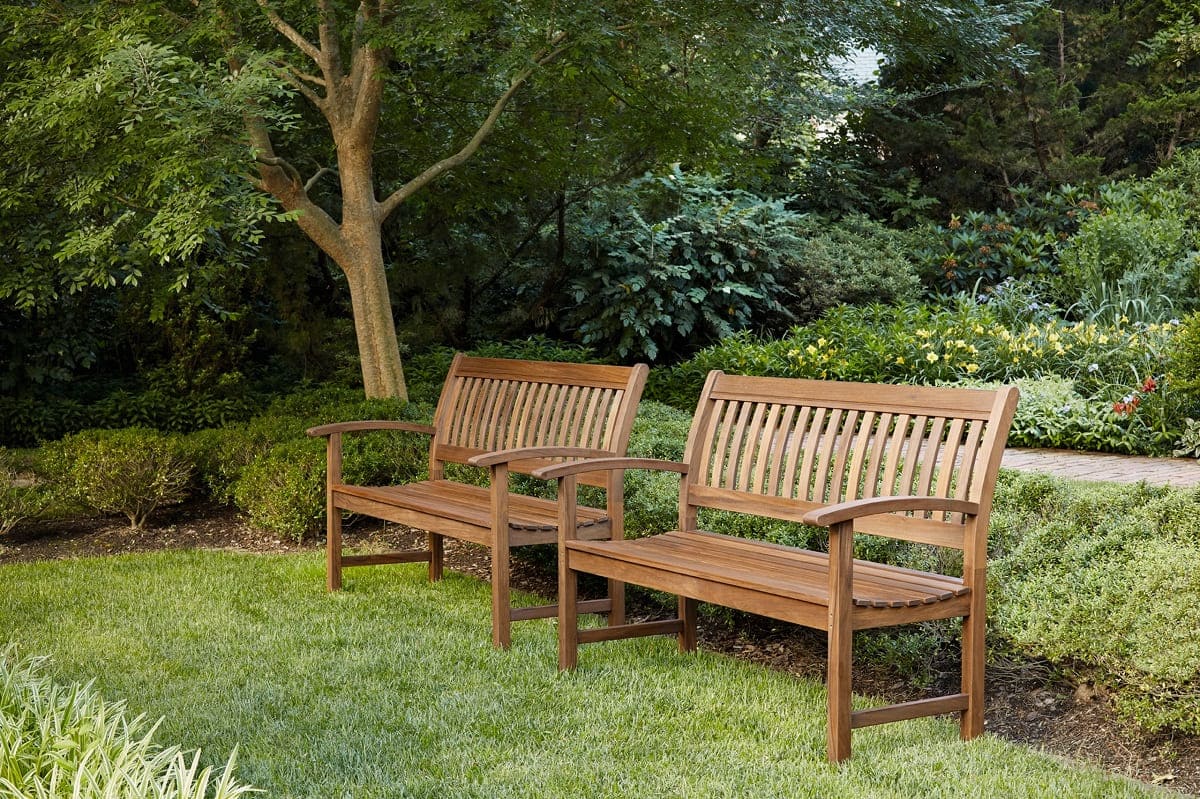
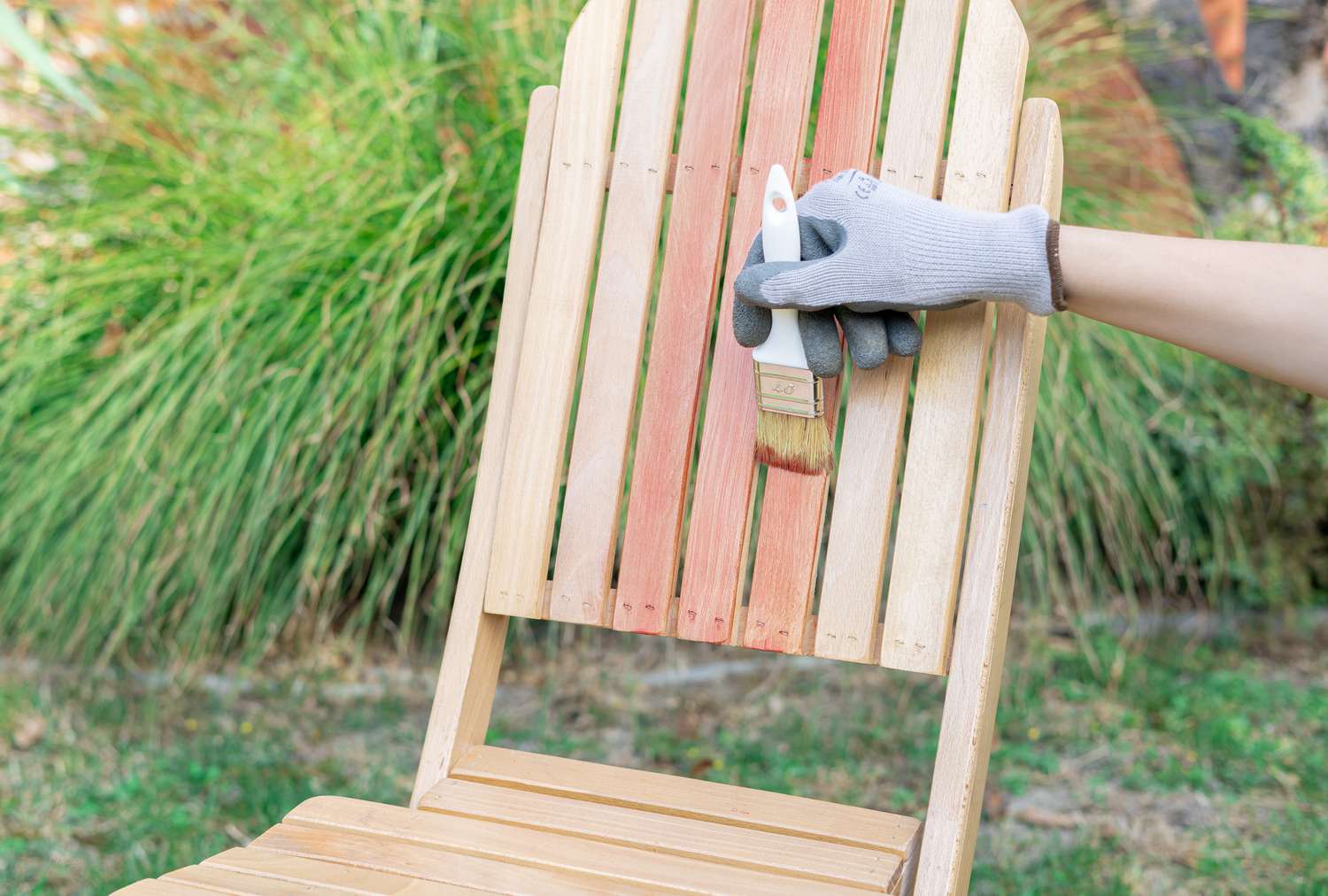
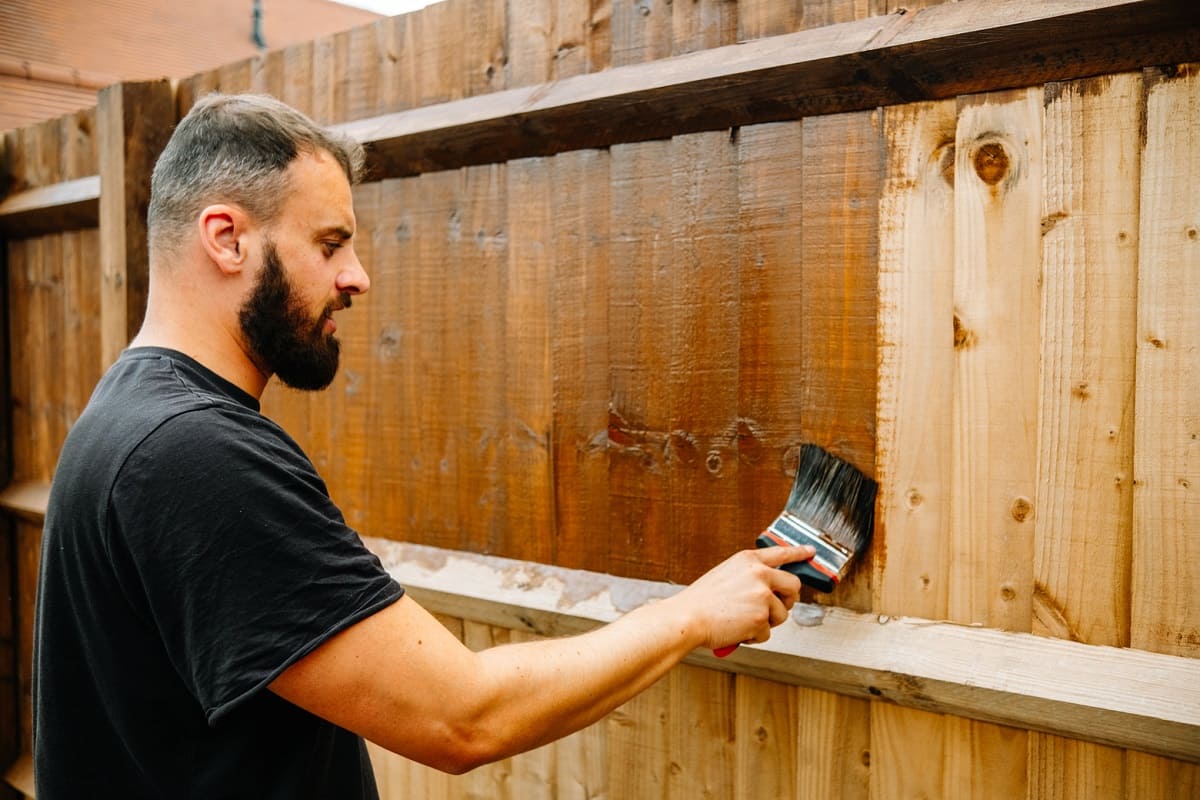
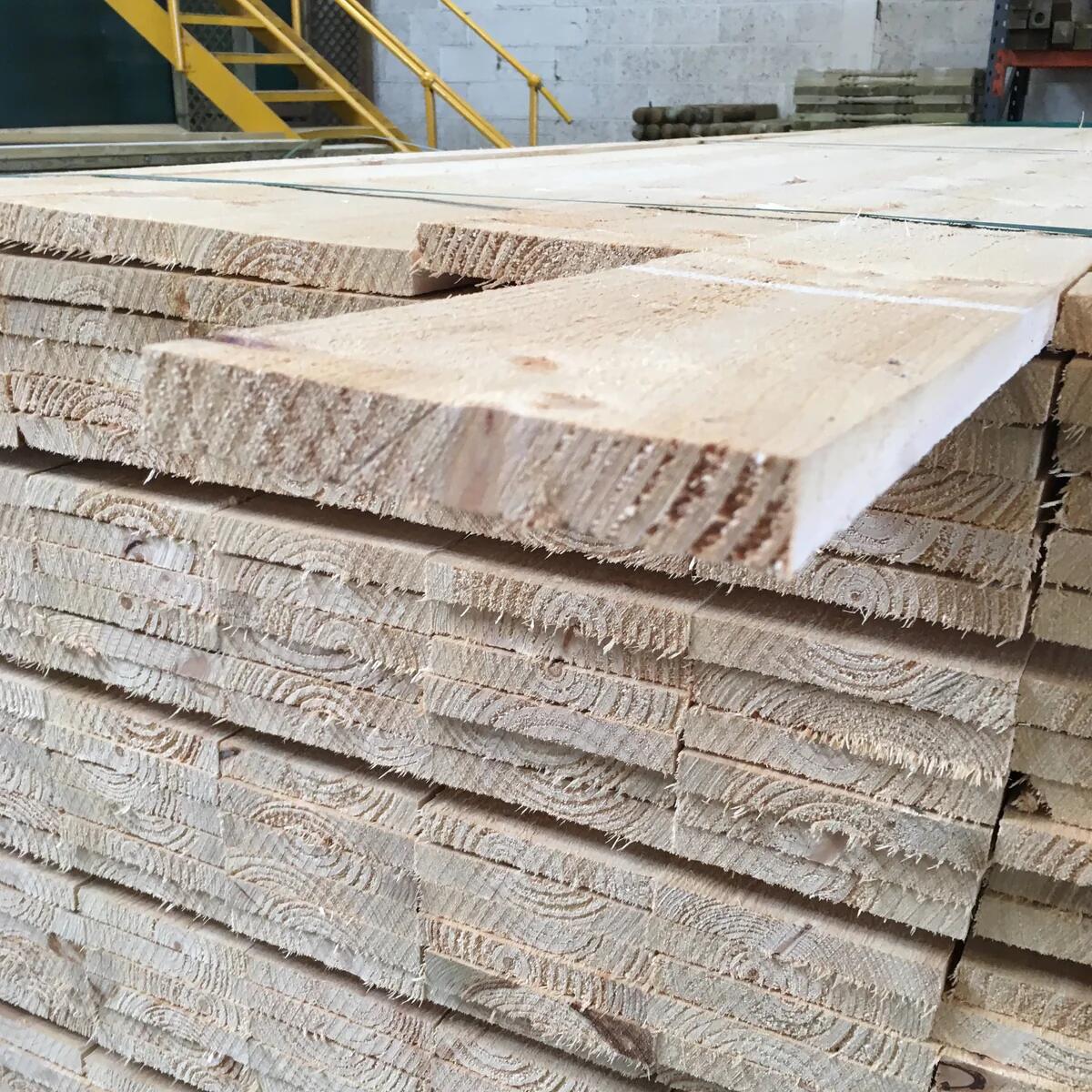
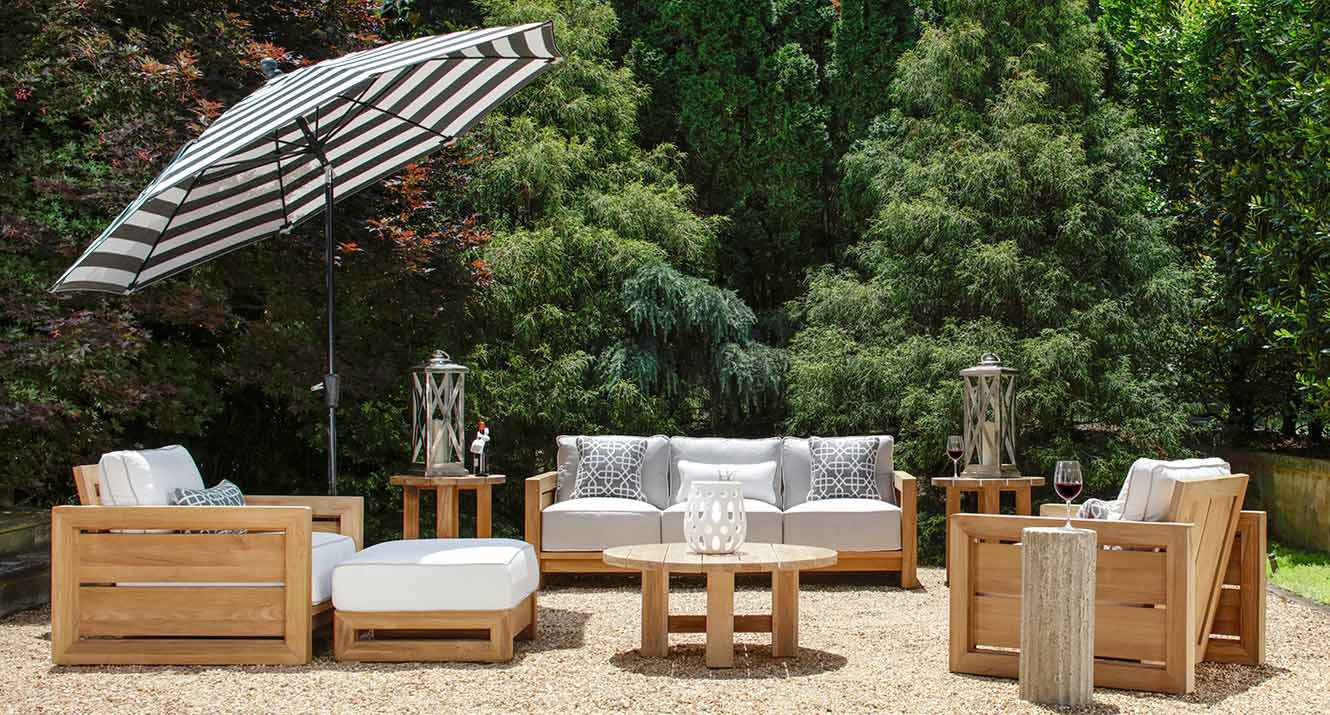
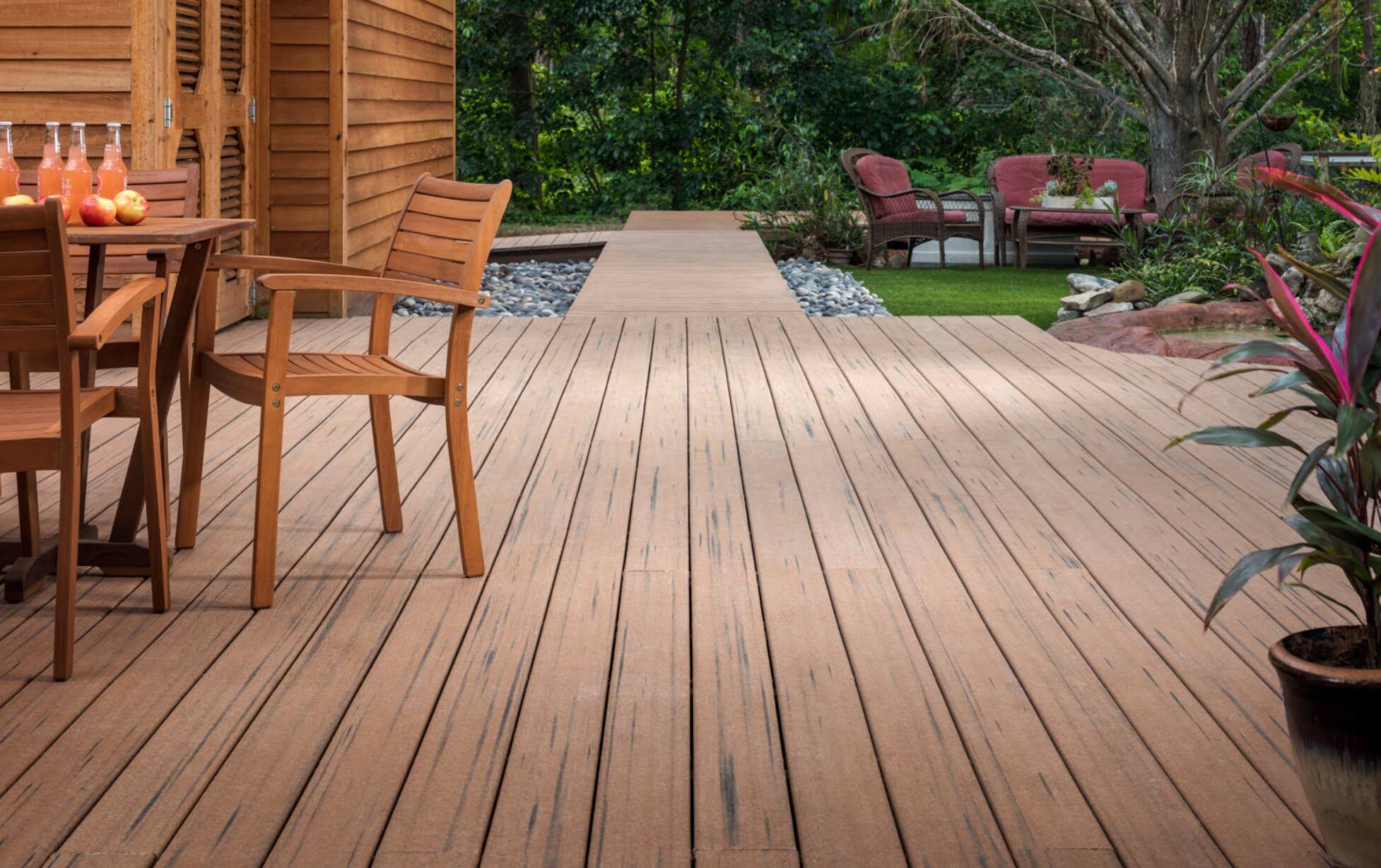
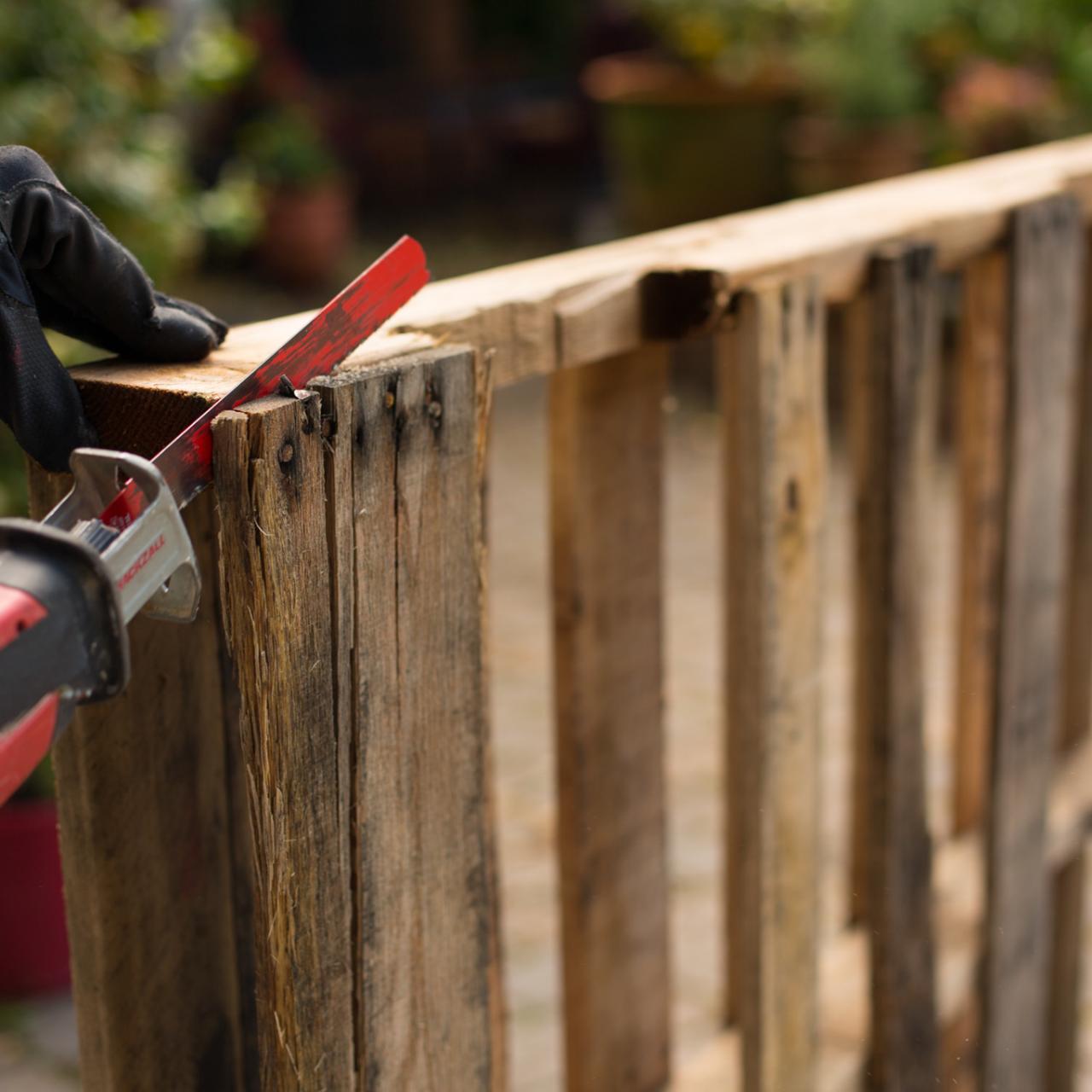
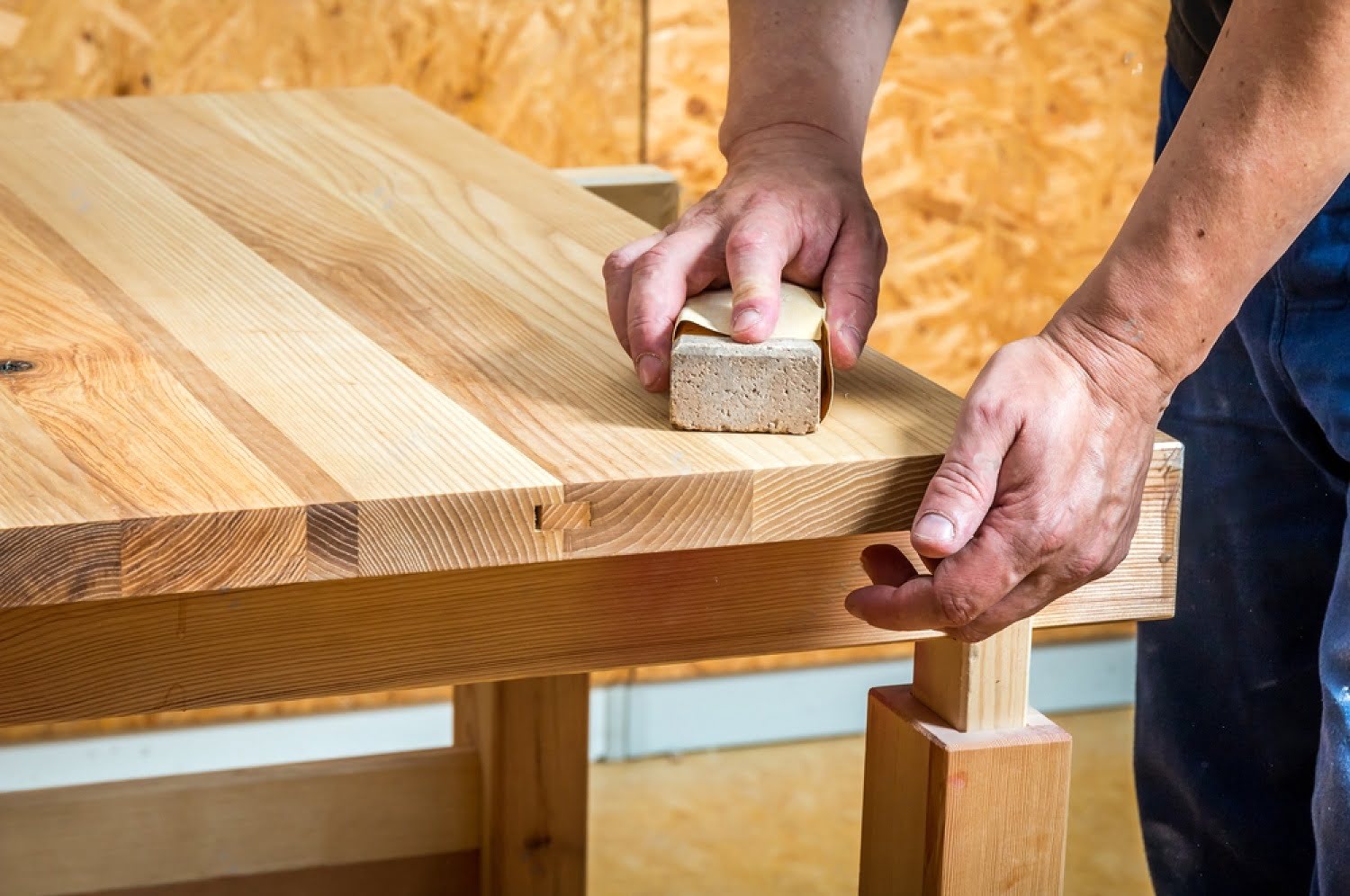
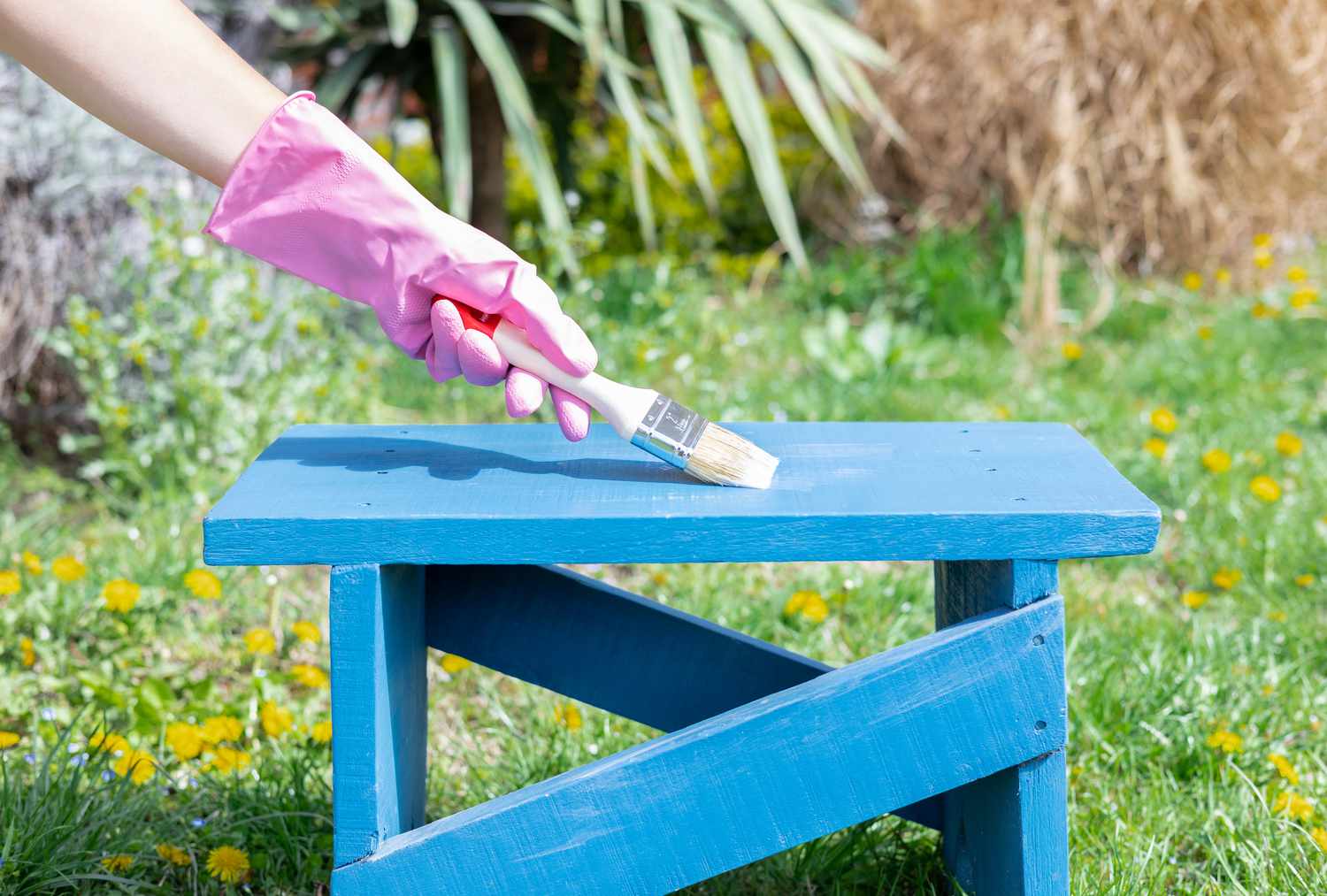
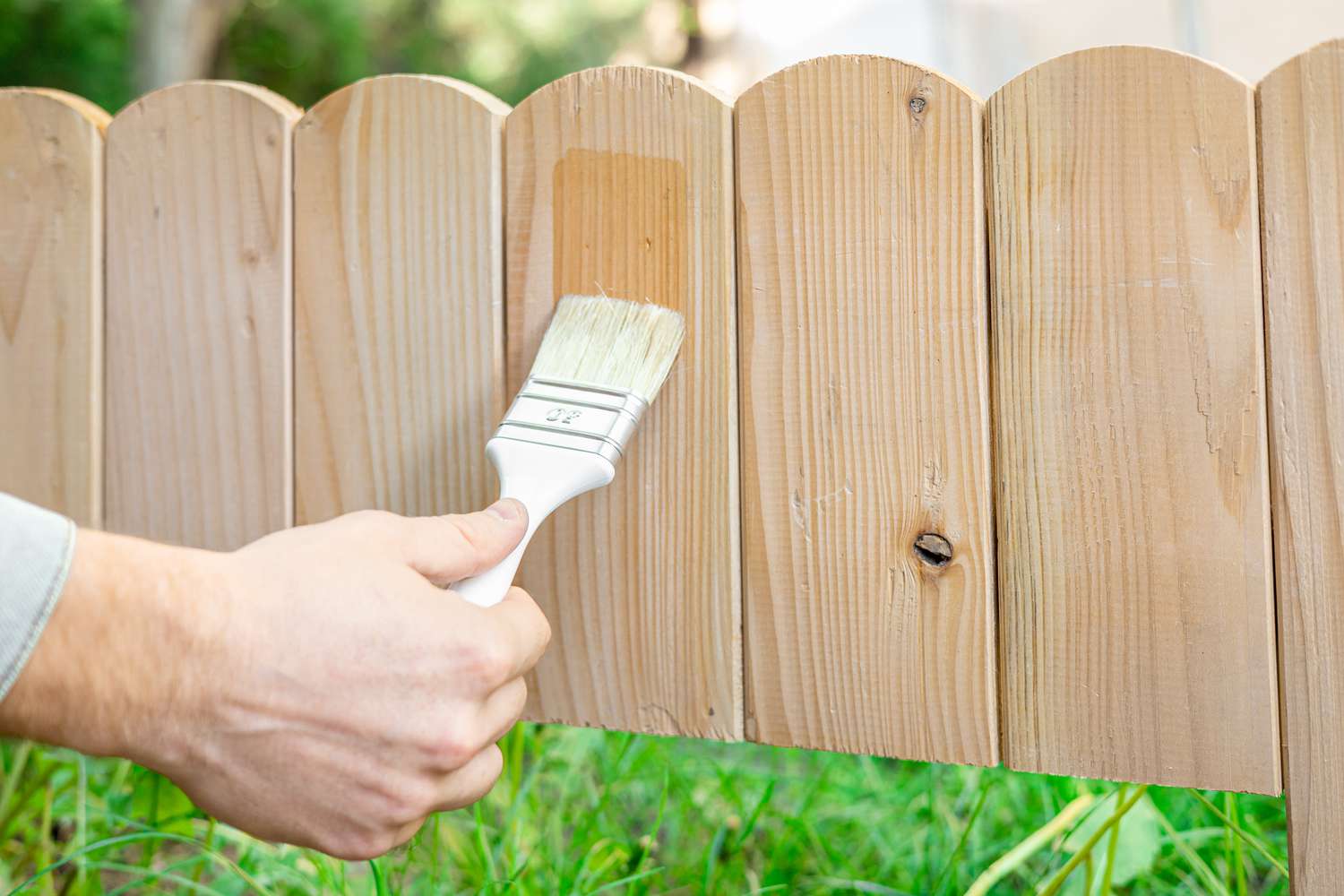
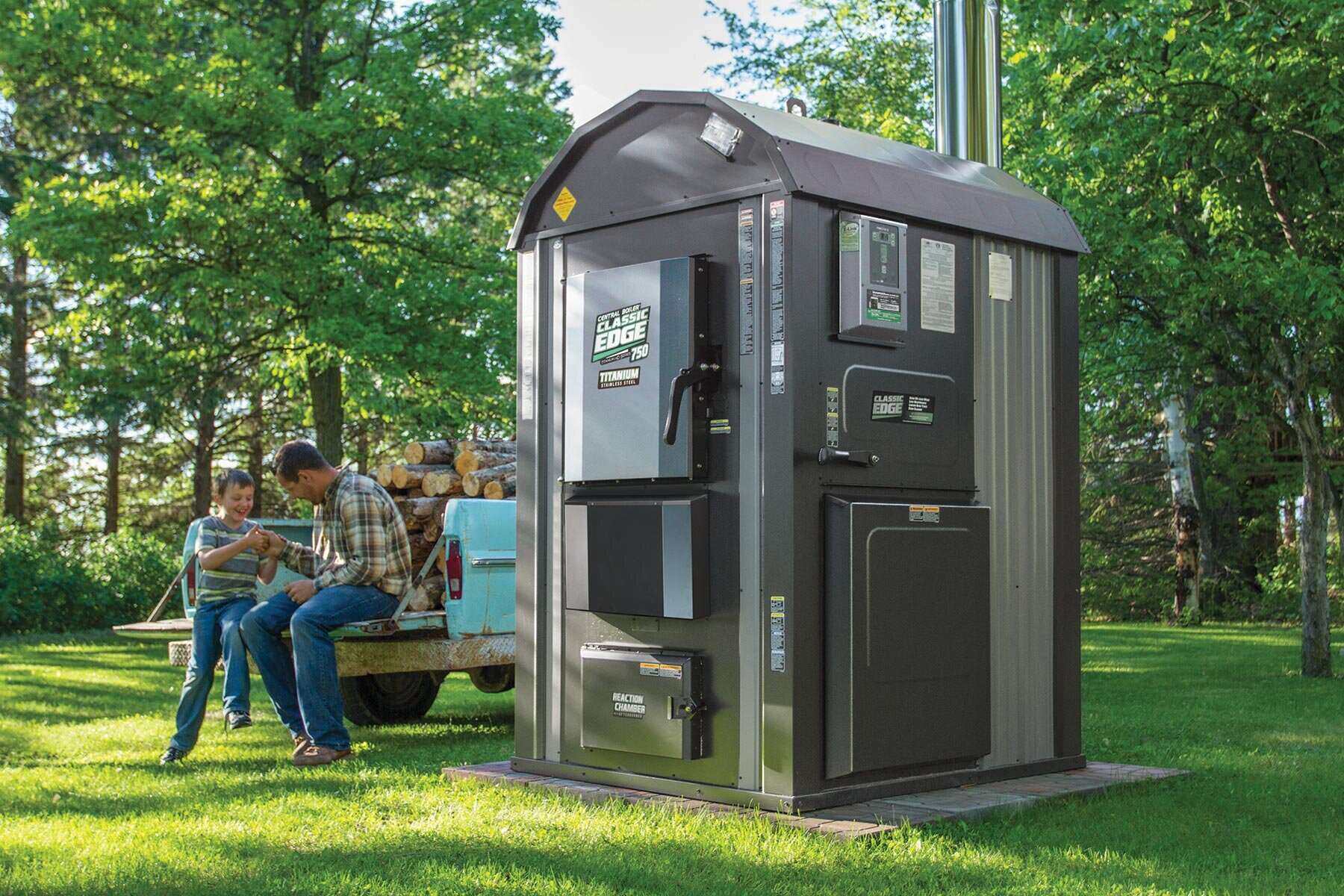
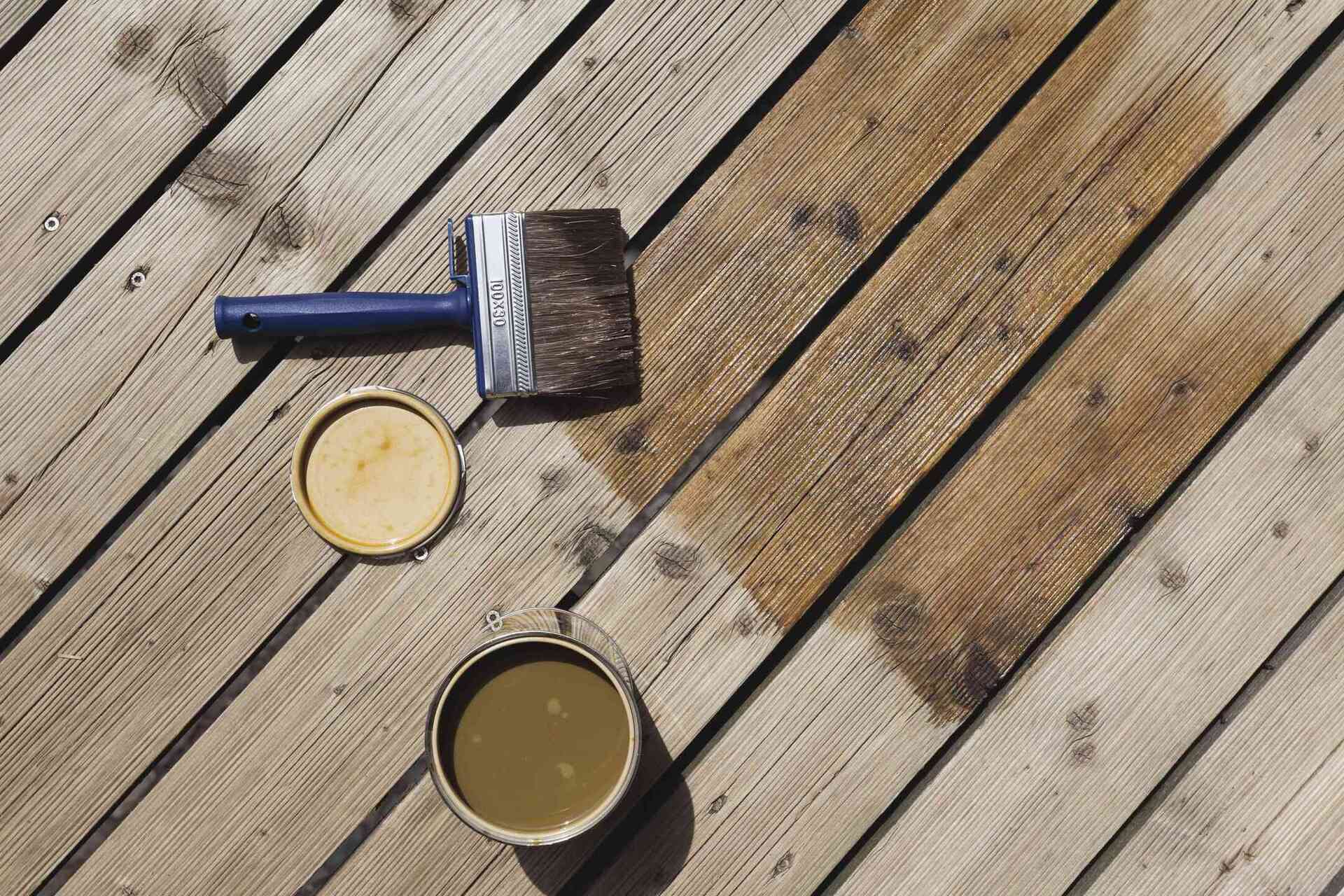
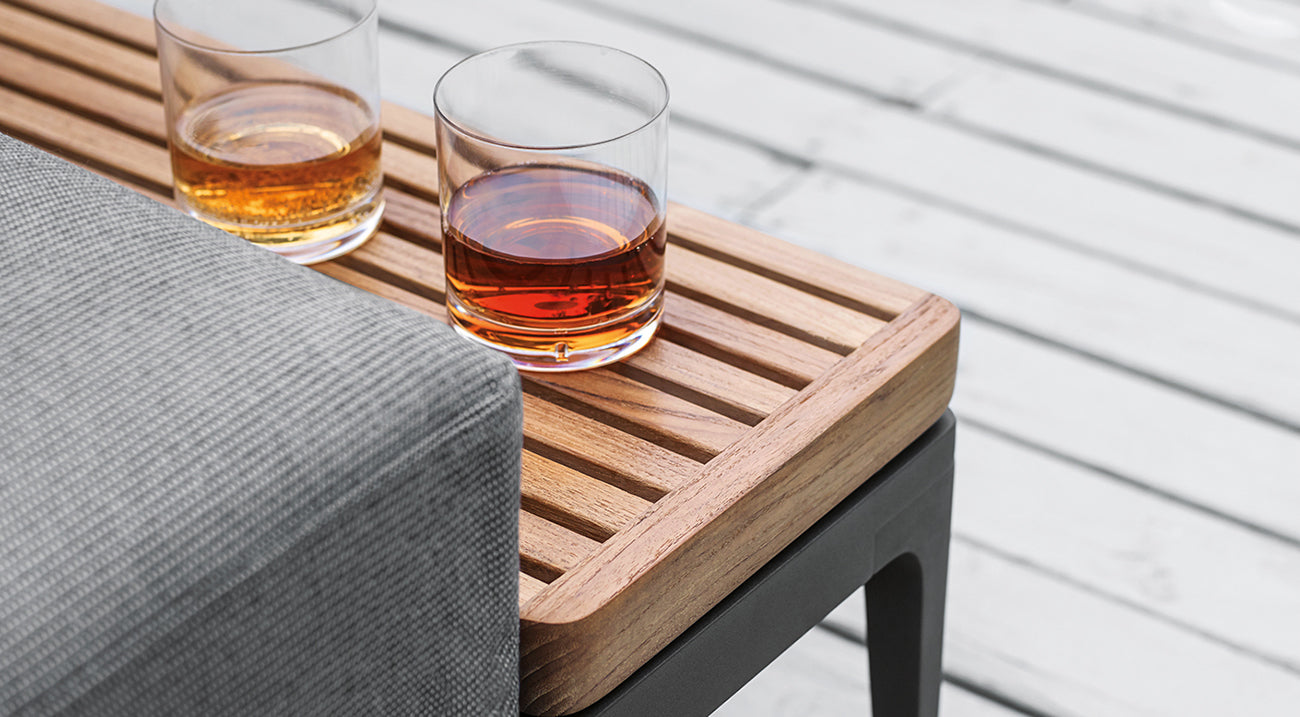

0 thoughts on “Which Wood Is Best For Outdoor Use”